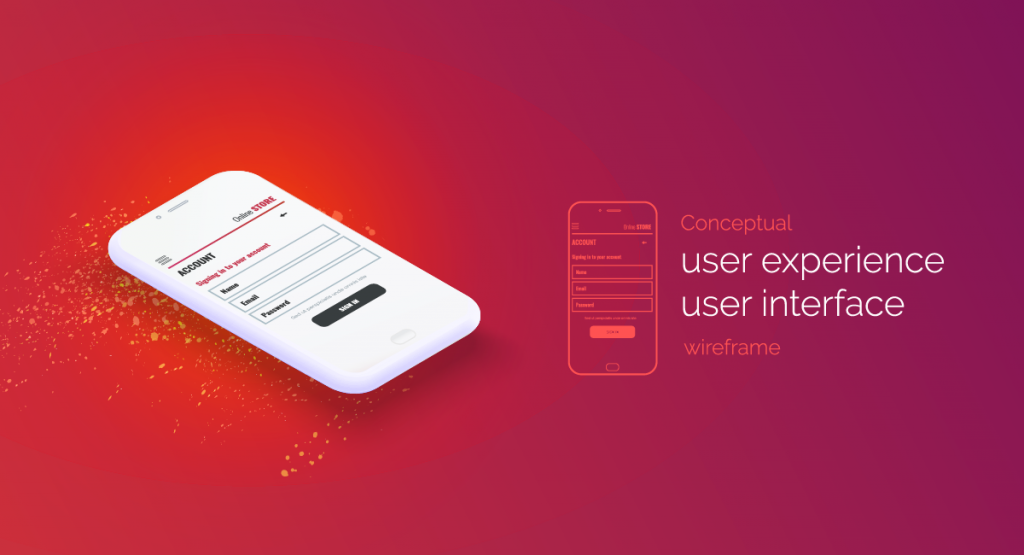Key Ingredients of a Successful Software Product
Success is a relative term. A successful software project means different things for different stakeholders.
To a programmer, a successful software project is rolling out an error or bug-free software within the stipulated time. To the business manager, it means the same thing, without the project being affected by scope creep. On another pane, the success of a commercial software may be determined by the revenue it allocated and agreed-upon budget.
The success of enterprise apps, however, depends on user adaptability. The very raison-d-etre for developing the software in the first place is to realize something for the end user. Even when the app unlocks a new possibility, the possibility doesn’t actually realize unless users use the software to get things done. The targeted end users accepting the software wholeheartedly is the best measure of success.
Functionality
Very often, the most evident parameter of the success of an app is the functionality it realizes. Apps, by its very nature, are intended to make things simple. If whatever is done by the app can just as easily be done in another way, there is no reason for users to take the trouble to download and install apps. The scope of the app, in terms of the extent to which it simplifies otherwise complex tasks, unlocks new possibilities, or make the user’s job easier in any other way is a good measure of success.
Functionality has always been a key issue with software projects. On the face of it, the extent to which the software co-opts the required functionality depends on whether the requirements gathering stage is done right. However, real success depends on the project having support and buy-in across the enterprise. The top management has to support the project and then ensure buy-in with the rank and file. They also need to establish clear cut goals and define the scope of the project. Only then will there be a right atmosphere to draw up requirements that genuinely benefits, over status-quos.
The onus is on top management to inculcate a sense of ownership of the software project across the key stakeholders, and the onus is on the project leaders to sustain such ownership by involving the stakeholders in the project.
Good UX and UI
Functionality alone does not make a successful app. A key factor determining user acceptance is user experience (UX). A neat and solid design, manifesting in an equally good User Interface (UI) allows the user to get things done seamlessly. On the other hand, a poorly designed app, with convoluted logic and a complex interface is more likely to put more users off, no matter the functionality the software would realize.
Good UX often resides in code quality. A lean code base, developed using agile principles, and factoring in established best practices such as a minimalist design, usually goes on to ensure a good UX. A good UX directly correlates to customer satisfaction more often than not.
Usability

Determining usability requires understanding the conditions in which the app or the software has to work, and making adequate provisions.
Technical Compatibility
Technology is always in a state of flux. The key to success is not on selecting the latest technology, but on identifying and applying the most relevant technology. For instance, it doesn’t help to develop an enterprise app for the iPhone when all the enterprise users have an Android phone. To be successful, the solution fits the problem on hand, and not the latest technical buzzwords or jargon.
The technical stack depends on what is viable, or easily available, in terms of resources and development team skill-sets, and such factors are reconciled effectively with what is the best technology for the project. For instance, a resource-strapped enterprise may do well to develop in open-source, whereas an organization that is technically challenged, and wants the least hassle with their software may do well to opt for some proprietary solution that offers robust, dedicated and reliable support.
User Acceptance of Change
One oft-overlooked factor when trying to make a software successful is coping with changes. The extent to which rank-and-file users support a software is often inversely proportional to the extent to which the software disrupts status-quo. Most enterprise users already have a cozy ecosystem in place, which they are reluctant to dismantle. The new software either has to gel in seamlessly with the existing ecosystem with a little requirement of change or else the benefit of change has to be communicated effectively to the rank and file. Such communication also has to be accompanied by training initiatives to familiarize users with the new software.
The Importance of the Team
Successful software projects are sustainable in the sense others can take over even if a critical member of the team leaves.
It requires a solid project team, with powerful team leadership, to execute a software project successfully, with fidelity to all the above principles. The success of a software project often depends on the extent to which the project team can overcome the latent cultural, hierarchical and bureaucratic barriers that exist in the most enterprise, to roll out cutting-edge and powerful software. It takes intense collaboration to ensure the key stakeholders are committed to the project to its logical end, and even afterward.
New projects are almost always a distraction and drag on the in-house IT team, who have their hands full with keeping enterprise systems up and running. The best way to roll out a successful software project is to rope in a partner for whom developing software is a core activity and not a distraction.
Stay up to date on what's new

Recommended Posts

06 Sep 2021 Financial Services Logistics
A Complete Guide On Software Product Development Stages And Life Cycle
Planning a software development project for your business? Here's a detailed guide on the various stages and life-cycle of Software Product Development! Introduction What Is Software Product Development? How To……

05 Apr 2019
Is Good UI Necessary To Retain Your Customers?
Before I give a definite yes or no to this question, let's understand the concept of User Interface or UI. Remember back in the days when owning a Gameboy……
Featured Blogs
Stay up to date on
what's new

























































